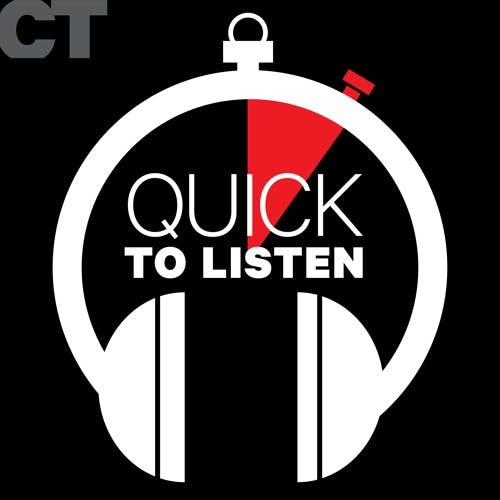
The Museum of the Bible May Change Your Relationship with God’s Word
 2017-10-26
2017-10-26
Download
Right click and do "save link as"
Next month, the half-a-billion-dollar, genre-busting, and technologically groundbreaking Museum of the Bible will open its doors in Washington, DC. Here’s what visitors can expect, courtesy of our November cover story: Looking up, a visitor might see a sprawling digital canopy of trees, one of five possible scenes playing on a ceiling-mounted 140-foot-long LED display. The light emitted by the false sky intensifies in surrounding glass walls and polished floors; bystanders are awash in illumination. At the end of the hall, a floating staircase winds up into the air without the aid of steel supports; docents clad in Ancient Near Eastern garb shuffle by to assume stations in the world of the distant past. It’ll be something else. In addition to its impressive technology and exhibits, the museum may also help address anachronism, one of the biggest problems with current Christian Bible engagement, says Glen Paauw, the senior director of content at the Institute For Bible Reading. “It’s so tempting to read the Bible as if it were written directly to us, in our situation, skip the parts that are about other people in other places, and find the little pieces that seem to speak directly to me today without any mediation,” said Paauw. “A museum experience like this has the potential to widely open our eyes to the fact that the Bible is immersed in real, ancient history, but it’s very different than ours.” Christians should be encouraged by the museum putting the Scriptures in context, says Paauw. “The very first step to great Bible engagement is understanding the Bible in its own world and on its own terms,” he added. Paauw joined assistant editor Morgan Lee and editorial director Ted Olsen on Quick to Listen to discuss what it means to “engage” the Bible rather than “read” it, the role that Bible-related experiences play in our understanding and delighting in the Word of God, and what makes museums special.
view more
More Episodes
Do Church Plants Drive Neighborhood Change?
 2018-07-18
2018-07-18
 2018-07-18
2018-07-18
012345678910111213141516171819
Create your
podcast in
minutes
- Full-featured podcast site
- Unlimited storage and bandwidth
- Comprehensive podcast stats
- Distribute to Apple Podcasts, Spotify, and more
- Make money with your podcast
It is Free
- Privacy Policy
- Cookie Policy
- Terms of Use
- Consent Preferences
- Copyright © 2015-2024 Podbean.com



